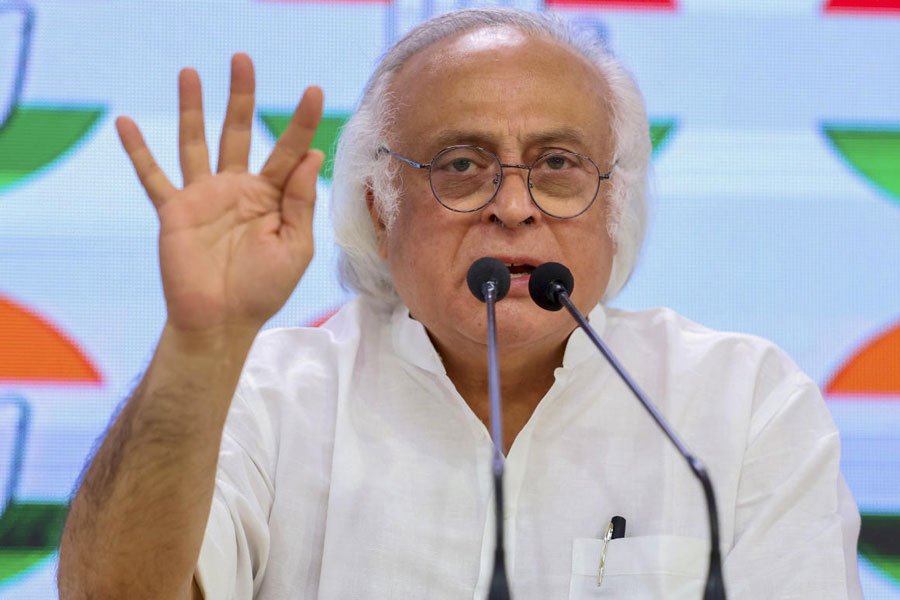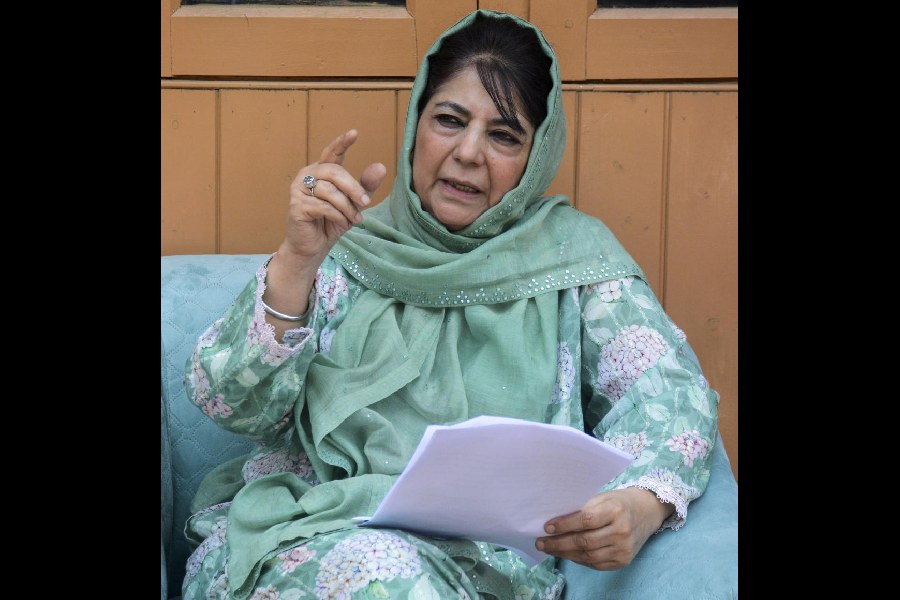 |
June 27: As the monsoon arrives in all its fury, Guwahati’s residents turn towards the Bharalu, praying, hoping for the best, hoping that the river will not flood its banks again, inundating large parts of the city, flooding roads, turning people in areas such as Anil Nagar into refugees overnight. The story is old and never changes. The story is the same this year.
Experts, though, said this was quite a dead-end unless the city is remapped through satellite imagery. The problem is severe: The Brahmaputra by which Guwahati is located actually flows at a level that is higher than most parts of the city.
For example, the elevation of the river at DC court is about 7 metres above the height of the city at Khanapara. It is the concrete embankment of the river along the DC court that prevents water from flowing into the city, they said.
The result: that it is not possible to build a drainage system that flows into the Brahmaputra unless engineers can locate a spot where the Brahmaputra flows below the level of the city.
Bharalu which rises as a small stream from the southern range of Khasi hills in Meghalaya, flows through the city (dividing Guwahati into its north and south areas), gaining both width and depth and ultimately joins the Brahmaputra.
Its catchment area is 4,200 hectares and its upstream portion is known as the Bahini. When Bharalu fails to drain out the excess water, the entire drainage system of the city collapses. This is why the Bharalu basin is one of the most flood-prone areas in the city.
Contrary to the popular belief that encroachment and deforestation leads to waterlogging, Guwahati’s flood problem is more “geographical” than man-made, said Pabitra Sarma, former chief engineer of GMDA who has studied the city’s flood system.
“The Brahmaputra is shallow near Guwahati. During the monsoon, the sluice gate at Bharalumukh needs to be closed to prevent backflow of water from the Brahmaputra. Hence, waste thrown into the drainage system, along with mudflows from the hills, are not the only reasons for the drainage system failing completely,” he said.
Data shows the Brahmaputra riverbank in Guwahati is higher than most of the city areas. The average ground level of the riverbank is 51.3 metres whereas the average ground level in the rest of the city, except hill and wetlands, is only about 49 metres.
“What is necessary at present is to dredge the riverbed of the Brahmaputra. It is a huge task and requires a lot of money,” said Sarma. “Besides, there is a need to set up a separate dedicated drainage department as has been done in some other states. At present, several departments are doing a piecemeal job, which is simply not enough to sort out Guwahati’s flood problem.”
The GMDA Masterplan 2025 identifies heavy siltation on the Bharalu and encroachment on its catchment areas as the main reasons for the waterlogging. Dumping of garbage has also blocked the city’s natural drainage system, the plan said.
Based on topographical features, the Guwahati metropolitan area has been divided into six drainage basins: the Bharalu basin, the Deepor, Silsako, Foreshore, the North Guwahati basin and Kalmoni basins. Of these, Bharalu has been identified as the most flood-prone. Most of the drains, directly or indirectly fall into Bharalu, an important channel for the city’s drainage system.
Social worker Dwijen Bhattacharjya has lived in the city for several decades. He said earlier, Bharalu was much deeper and wider than what it is now. “Earlier, the Bharalu was about 30 feet deep but is hardly seven feet now. This means the water containing capacity of Bharalu has decreased significantly,” he said.
A status report of desiltation undertaken by the Guwahati mechanical water resource division shows that 80 per cent of the Bharalu’s desiltation and cleaning had been completed by May 24.
According to the report, while April 30 was set as the target date for completion of desiltation, which began on February 2, the process will continue till September. The 20 per cent deficit, too, has added to this year’s floods, experts said.
The report said clearing and desiltation of Bahini (by manual and mechanical processes) started on February 24, with 75 per cent of the work completed by May 24.
The GMDA Masterplan 2025 also mentioned a few possible solutions, including redesigning of the major drains and construction of a new sluice structure at a point near KR Chowdhury Road at Bharalumukh, abandoning the current sluice structure near Pragjyotishpur College. The current sluice structure is too small to drain out enough water even when the level of the Brahmaputra falls, the report said.











